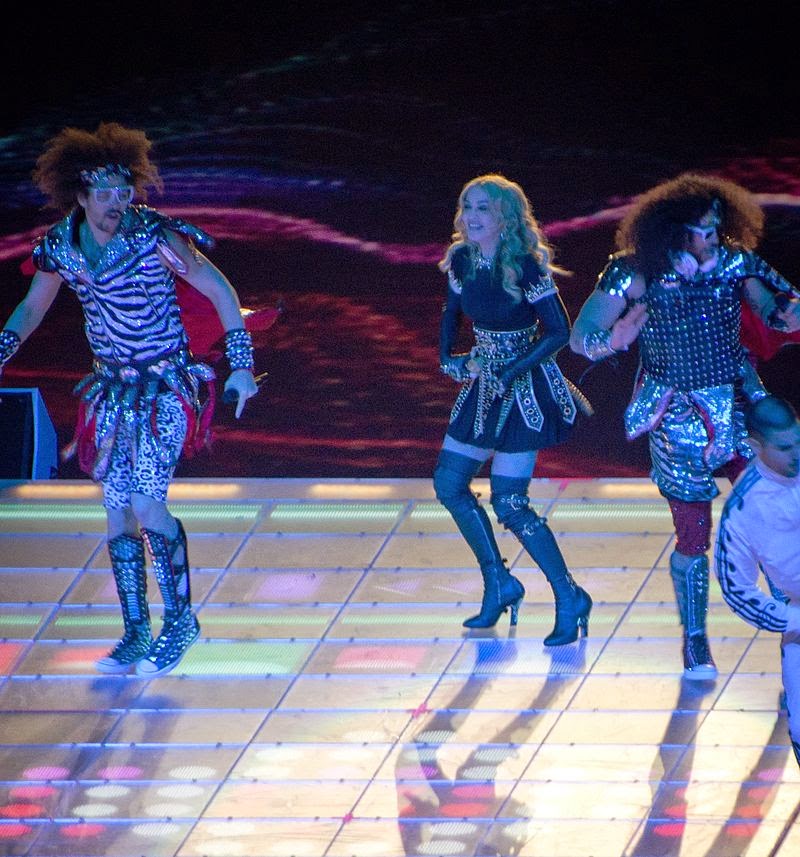Written by author and news reporter Daniel Millhouse, this blog is about pop culture, sports, science, and life in everyday America.
Tuesday, September 9, 2014
Super Bowl Pay To Play
With the new season only starting less than a week ago, the NFL has already taken some major bumps this season. Beyond the most recent developments in the Ray Rice incident, the NFL recently announced that it wants musicians/artists to pay to play during the Super Bowl Halftime Show. Citing free publicity and bumps in ticket sales for up and coming tours, the NFL claims that the music artist is the biggest winner.
First off, the point of the music artist to perform at the halftime show is to retain the viewers while the gameplay is on pause. Without the halftime show, just as with many regular season games, fans use this time to grab food, talk, hang out with friends, and various other things which take them away from the television, effectively minimizing the impact the companies who advertise during halftime have. Without the music artist, it's hard for the NFL to justify $4 million for 30 second spots during the downtime from the game. The NFL would like to argue that the performance itself is a form of advertisement, but more fairly, it can be said that the advertisers are drawn in because of the music performance.
Many of the artists that perform at these shows can draw in as high a million dollars plus for one of their own concert performances, but perform three to four songs for free during the halftime show. Performing for free, while the NFL reaps the benefits. Because of the music performance, the female demographic is more likely to watch the game, especially at halftime. The same can also be said for non-NFL fans who are fans of the music artist performing, but not necessarily football in general. These are viewers that the sponsors hit, that normally would be lost if the halftime show consisted only of the standard commentators talking about the highlights of the game to that point.
Years ago, before the NFL stepped up it's halftime show productions, the Fox Network stole away many of the possible halftime viewers by airing an In Living Color special that aired exclusively during halftime. By counterprogramming against the Super Bowl, Fox effectively minimized the impact by the advertisers who (over)paid for 30 second spots on CBS during the halftime show.
During 60's, 70's, and 80's, the NFL primarily used marching bands and generic music to entertain those watching the halftime show. This was a dead zone for advertisers, wishing to wait until the second half to resume their advertising. It was not possible for the NFL to justify charging $4 million (or the equivalent to those particular years). Once the NFL started to invite music artists to perform free of charge during the halftime, they were able to charge a premium for advertising.
Various unions including the NFL Players Association and American Federation of Musicians have also come out publicly against the NFL's proposed idea. Twenty-two unions in all have sided against the NFL citing that no one should ever have to pay to work. For a musician, even if they love what they do, performing is their job.
The trade off for performing for free is the potential bump of people who might pay for the musician's music or attend one of their concerts. It's a fair trade considering how much money the NFL makes from advertisers when the game isn't even being played. It's better for both sides, especially the NFL which will never want to go back to marching bands performing at halftime while losing millions of dollars to the lack of halftime advertising.
Photo credit by IndianBio uploaded to Wikipedia.
Subscribe to:
Post Comments (Atom)

No comments:
Post a Comment